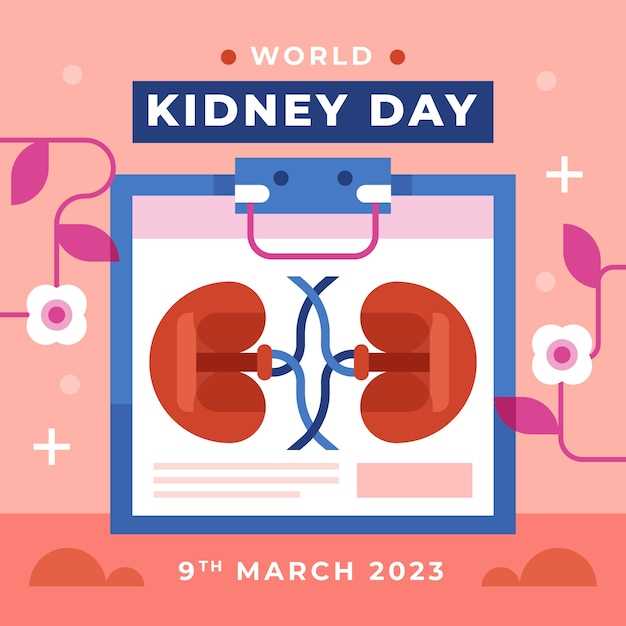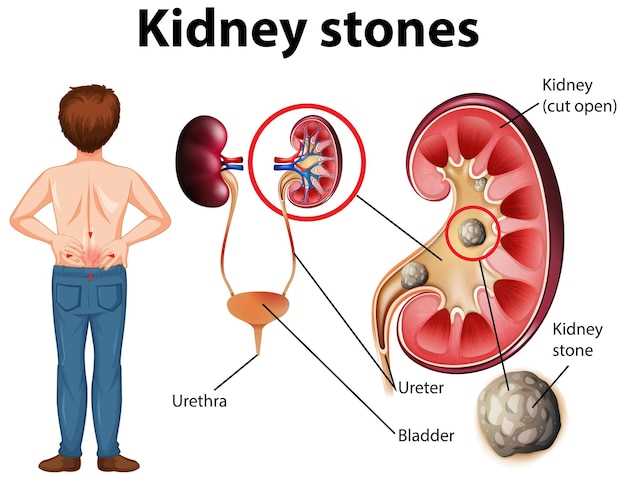
Discover a breakthrough solution for addressing challenges in kidney function, ensuring optimal well-being for you and your loved ones. Our innovative approach revitalizes renal health, promoting vitality and longevity.
Understanding the Challenge of Adverse Kidney Events
In this segment, we delve into the intricacies of the potential repercussions that may arise from certain medication interactions. It’s crucial to grasp the nuanced aspects surrounding the body’s filtration system and how medications might inadvertently impact its delicate balance.
The Importance of Vigilance
Recognizing the Subtle Signals
Amidst the complex web of bodily functions, it’s imperative to discern the subtle cues that hint at potential disruptions in renal functionality. These signals may not always manifest overtly, underscoring the importance of heightened awareness and proactive measures.
Preventive Measures for Optimal Well-being
Empowerment lies in preemptive actions. By understanding the risks and adopting precautionary measures, individuals can navigate potential challenges with a proactive stance. Education, coupled with prudent lifestyle choices, forms the cornerstone of safeguarding renal health.
The Risks and Precautions
When considering the potential hazards and necessary preventive measures associated with this condition, it becomes imperative to delve into a comprehensive understanding of its manifestations and predisposing factors.
Recognizing Signs
Identifying the indicators of this health concern is pivotal in initiating timely intervention and averting potential complications. Vigilance towards subtle cues and physiological deviations is crucial.
Preventive Measures
To mitigate the likelihood of encountering such adverse outcomes, adopting proactive measures and adhering to prescribed protocols play a pivotal role. Heightened awareness and diligence in adhering to recommended guidelines are paramount.
Recognizing Symptoms

In this section, we’ll shed light on identifying signs that may indicate challenges pertaining to the functionality of vital bodily organs. It’s imperative to remain vigilant and attentive to subtle cues that your body may be signaling, as early detection plays a pivotal role in ensuring timely intervention and management.
Potential Indicators
When observing changes in your physiological state, it’s essential to be discerning and attentive to nuances that might hint at underlying issues. While these manifestations can vary in intensity and frequency, they often serve as crucial markers for potential health concerns.
| Signs to Watch For | Descriptions |
|---|---|
| Edema | Characterized by abnormal fluid retention, often resulting in swelling, particularly in extremities. |
| Fluctuations in Urination Patterns | Notable alterations in the frequency, volume, or appearance of urine output, indicating potential disturbances in renal function. |
| Unexplained Fatigue | Persistent feelings of exhaustion or lethargy, disproportionate to exertion levels or sleep patterns. |
| Changes in Skin Tone or Texture | Observable differences in complexion, moisture levels, or texture of the skin, potentially reflecting internal imbalances. |
Importance of Prompt Attention
Recognizing these subtle cues and promptly seeking medical guidance can significantly influence the trajectory of your well-being. By staying attuned to your body’s signals and promptly addressing any deviations from the norm, you empower yourself to take proactive steps towards maintaining optimal health.
Manage

In this section, we delve into strategies for overseeing and addressing challenges associated with the circumstances discussed earlier. It’s imperative to navigate these complexities with vigilance and a proactive approach. Let’s explore practical steps to mitigate risks and promote well-being.
| 1. Monitoring: | Regular observation and assessment are paramount. Establish a structured monitoring system to track developments and identify any deviations from the norm. |
| 2. Intervention: | Swift and appropriate action is key when signs or symptoms arise. Develop clear protocols for intervention, ensuring prompt response to mitigate potential complications. |
| 3. Education: | Empower individuals with comprehensive knowledge regarding symptoms and precautions. Education plays a pivotal role in fostering awareness and proactive management. |
| 4. Collaboration: | Forge partnerships with healthcare providers to facilitate comprehensive care. Collaborative efforts enhance the ability to address challenges effectively and optimize outcomes. |
| 5. Adaptation: | Flexibility is essential in navigating the dynamic nature of the situation. Embrace adaptability, adjusting strategies as needed to meet evolving needs and circumstances. |
By implementing these measures, individuals and healthcare professionals can work together to navigate the complexities associated with the condition, promoting holistic well-being and mitigating potential risks.

